Important Links
Latest Blogs

Will Google’s Antitrust loss reshape SSD law firms’ SEO strategies?
-
 DL Marketing
DL Marketing
- Sep 18, 2024
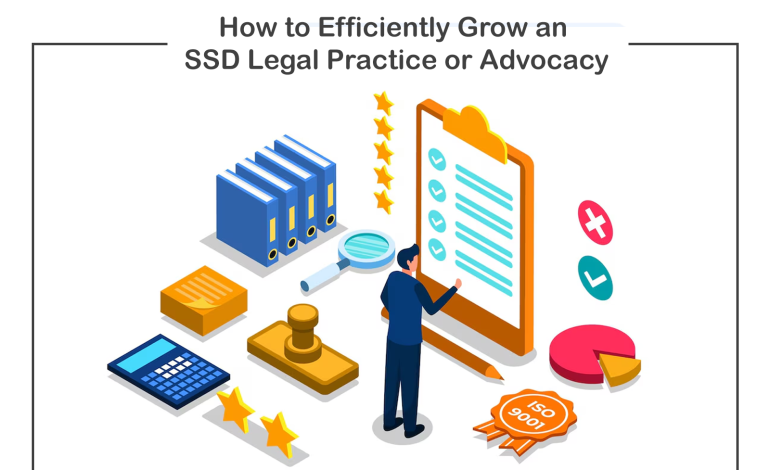
How to Efficiently Grow an SSD Legal Practice or Advocacy (Part 2 – Software and Systems)
-
 DL Marketing
DL Marketing
- Sep 11, 2024

How to Efficiently Grow an SSD Legal Practice or Advocacy (Part 1)
-
 DL Marketing
DL Marketing
- Aug 24, 2024
Law Firm SEO
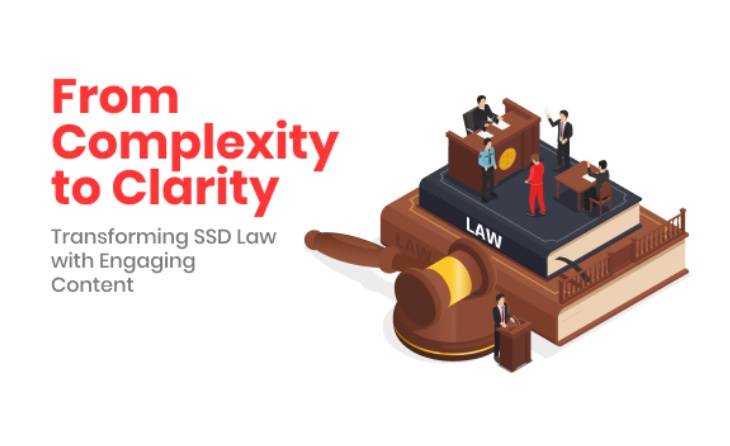
From Complexity to Clarity: Transforming SSD Law with Engaging Content
-
 DL Marketing
DL Marketing
- Feb 8, 2024
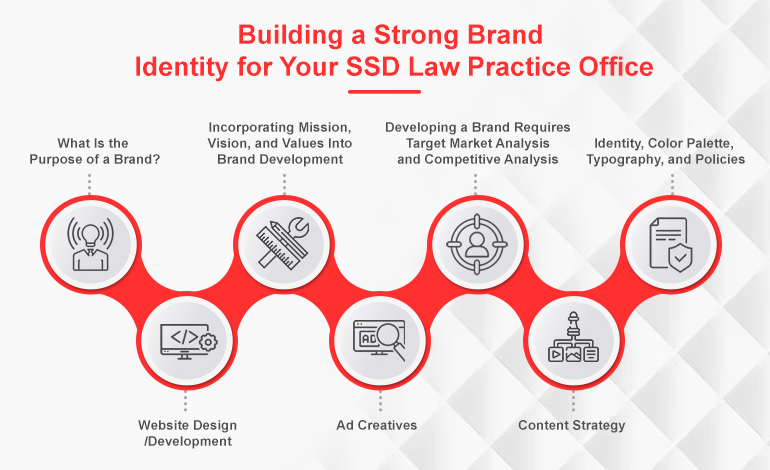
Building a Strong Brand Identity for Your SSD Law Practice Office?
-
 DL Marketing
DL Marketing
- Feb 1, 2024
Disability Attorney Marketing Strategies

Marketing Strategies for Service Companies (When You Cannot See or Touch What You Sell)
-
 DL Marketing
DL Marketing
- Mar 8, 2018
Lead Generation

How to Effectively Use AdWords to Generate Personal Injury Leads
-
 DL Marketing
DL Marketing
- Feb 19, 2018
Law Firm SMO
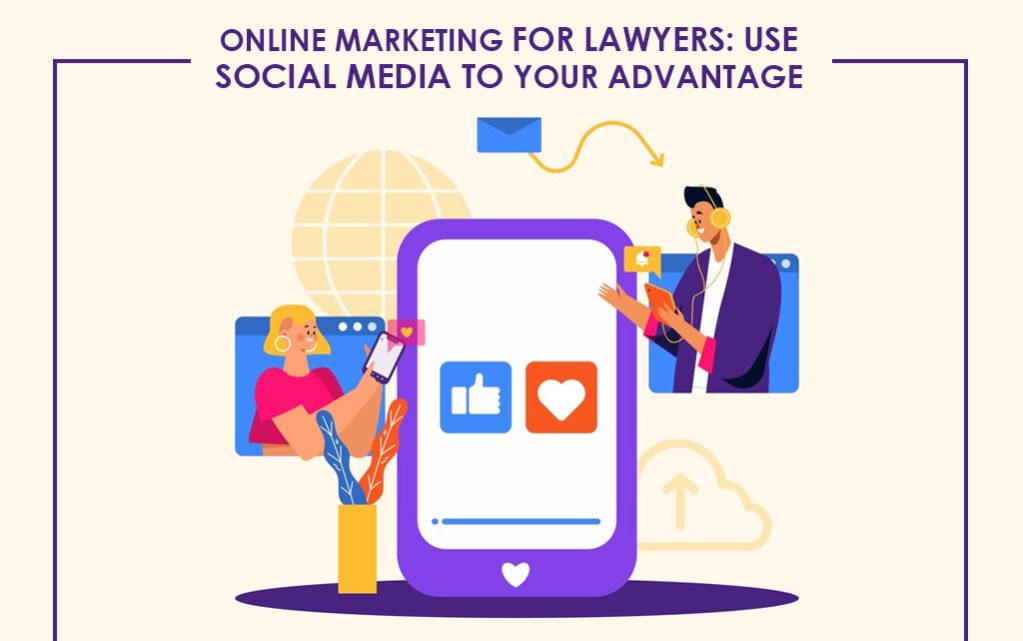
Online Marketing for Lawyers: Use Social Media to Your Advantage
-
 DL Marketing
DL Marketing
- Dec 16, 2016

The Three Most Important Aspects of Facebook Marketing for Lawyers
-
 DL Marketing
DL Marketing
- Nov 15, 2016
Our Staffing Company
Need Intake Agents, Phone Answering Services and Back Office Agents?
LM Summary Services provides innovative high-quality Business Transformation Services for SSDI and Mass Tort Firms right from contact center, to medical summarization, to back-office support, to retainer management, to paralegal support, to mass torts settlements.
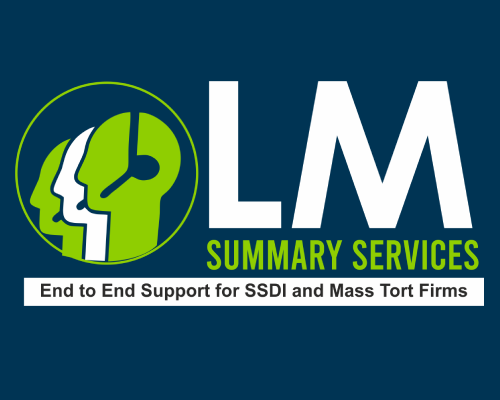




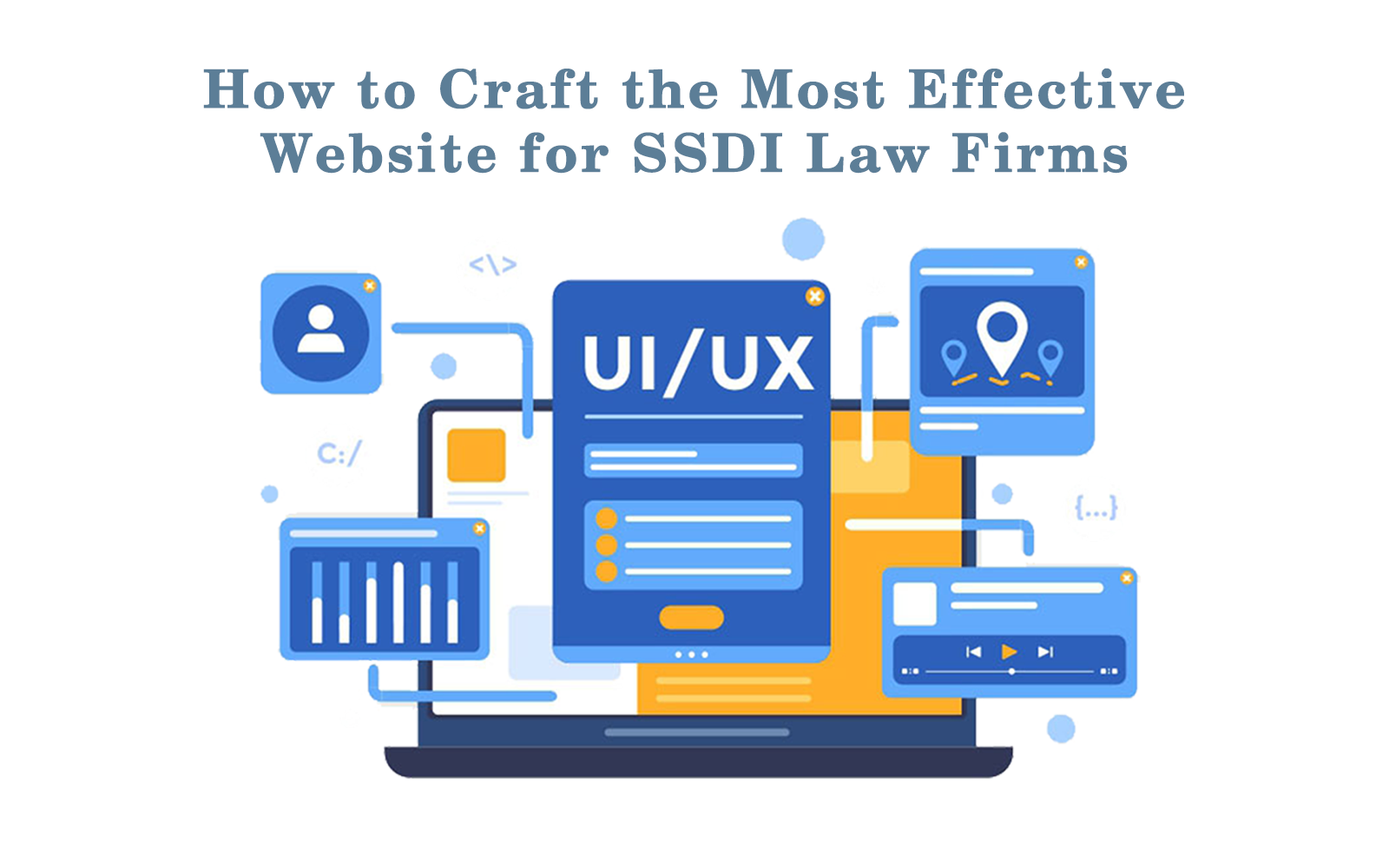


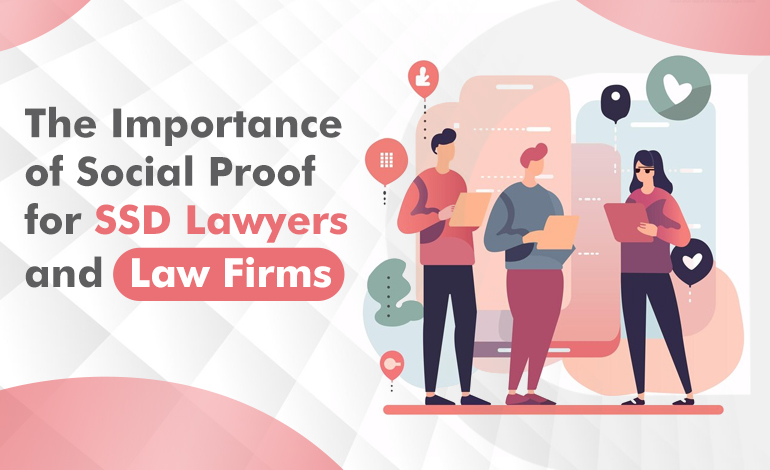





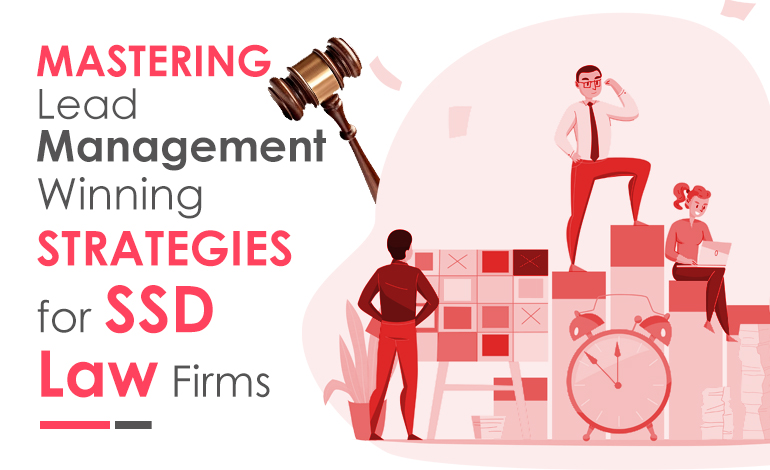







 Home
Home